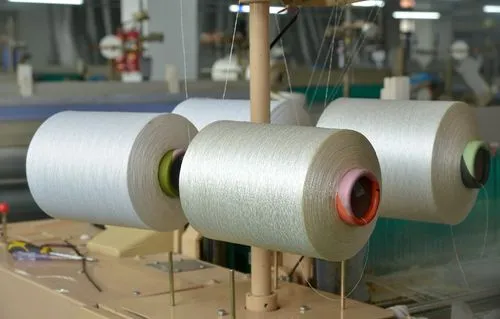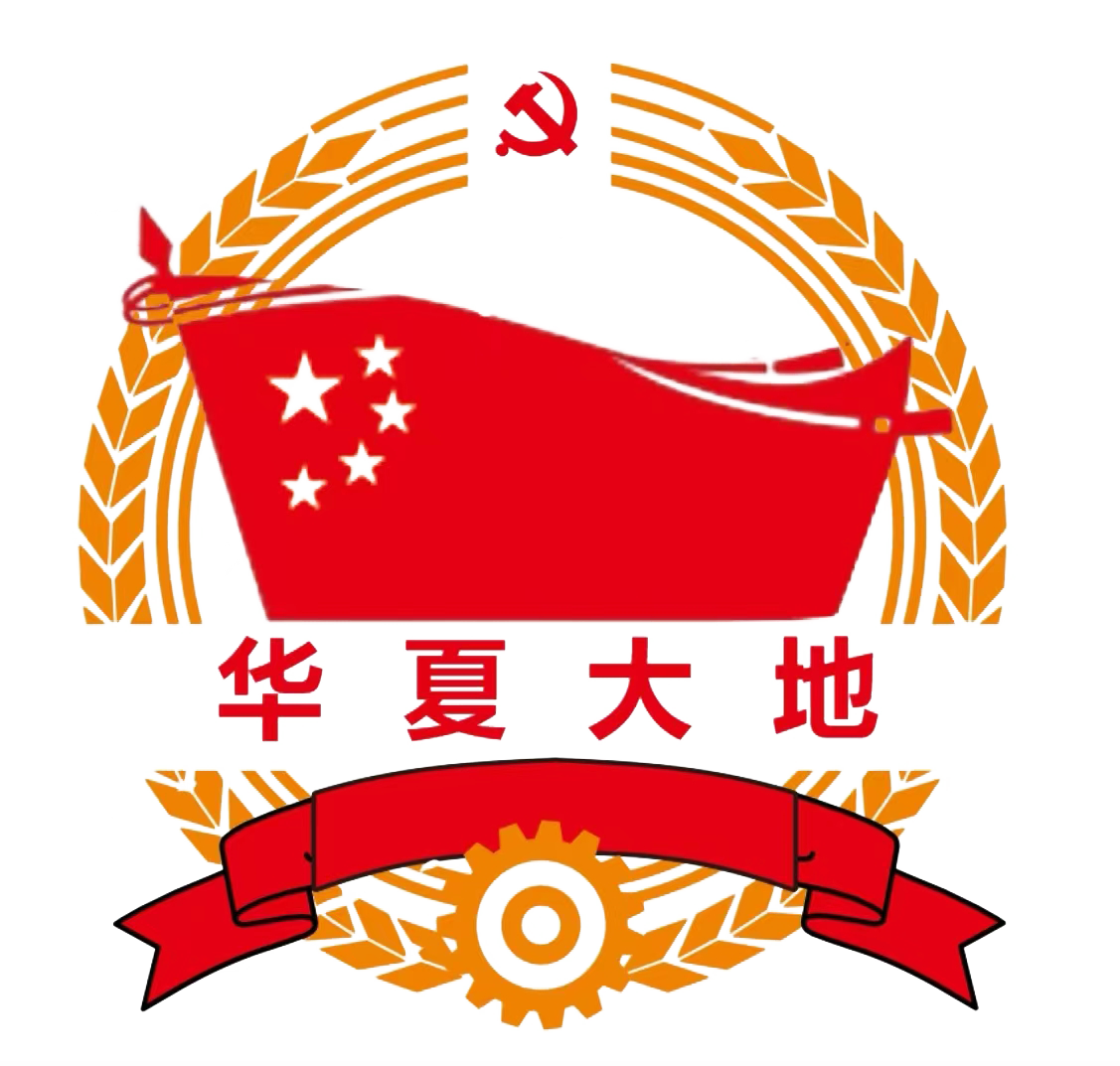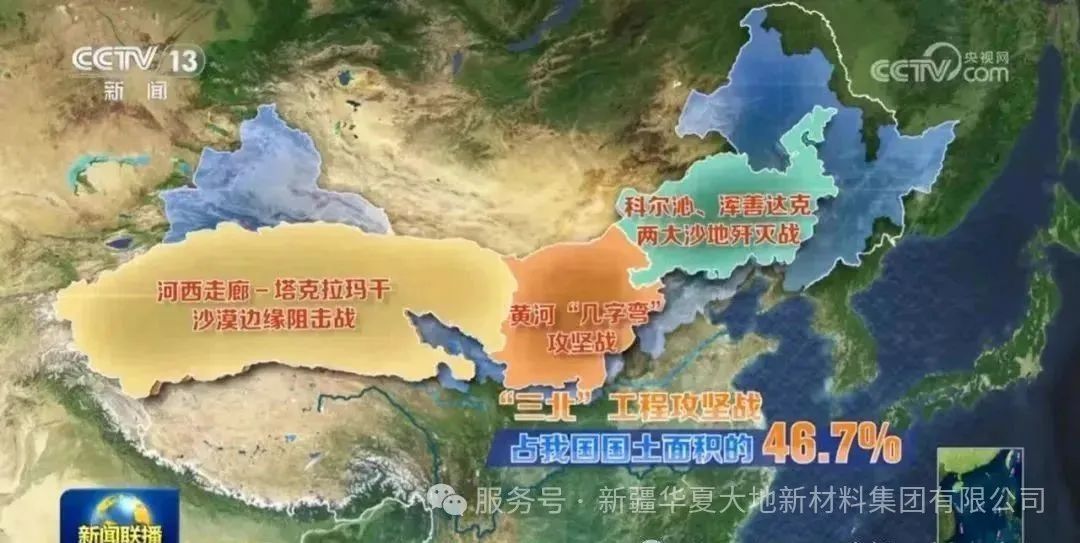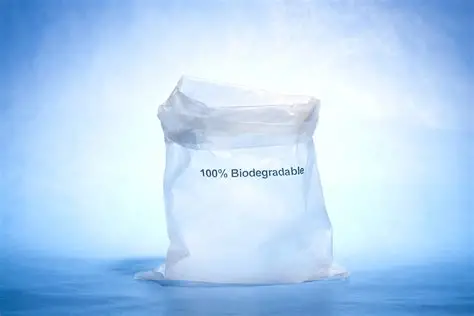
PLA fiber material is a new type of biodegradable material based on biological sources. It is a polymer obtained by polymerizing lactic acid as the main raw material. The raw material sources are abundant and renewable, mainly corn, cassava, etc. It can be processed by various methods such as melt spinning and electrospinning. Due to its good biocompatibility, easy degradability and renewability, PLA fiber material has a good application prospect in the fields of biomedicine, filtration and separation, packaging, etc. This study mainly explores the preparation of biobased PLA fibers.
1.Melt spinning
Melt spinning is a method that uses polymer melt as raw material, which is extruded through spinneret holes and rapidly solidified by cooling in the air. The melt spinning process is simple. The spinning solution is the molten liquid of the fiber-forming polymer itself, and there is no need to recover the spinning solvent or coagulation bath. Moreover, the fiber formation process is completed in the gas phase with low friction resistance, allowing for higher winding speeds and high production efficiency. However, not all fiber-forming polymers can be used to prepare fibers by melt spinning. One of the conditions for preparing fibers by melt spinning is that the melting temperature of the polymer must be about 30°C lower than its thermal decomposition temperature; otherwise, it is difficult to spin using the classic melt method.
The production process of polylactic acid (PLA) melt spinning is similar to that of polyethylene terephthalate (PET) spinning, including one-step high-speed spinning and two-step spinning and drawing. During the melt spinning process, there is a contradiction between the thermal sensitivity of PLA degradation reaction and the high viscosity of the melt, resulting in a very narrow processing temperature range for PLA melt spinning and the need to control the moisture content in the masterbatch to prevent hydrolysis and carbonization during melt extrusion. At the same time, the low crystallization rate of PLA leads to a low heat distortion temperature, brittle material, poor toughness and a long forming cycle. To improve the melt spinning performance of PLA, Pan Xiaodi et al. found in their study on the rheological properties of four types of PLA chips and their influence on melt spinning performance that increasing the shear rate, that is, increasing the spinning speed, has a smaller effect on the apparent viscosity of PLA melt, making the spinning process easier to control.
Li Xiaochuan and others prepared polypropylene/poly(lactic acid) (PP/PLA) fibers by melt spinning and studied their properties. They found that the addition of PP slightly reduced the thermal stability of PLA, but increased its crystallinity. Moreover, the orientation and mechanical properties of PP/PLA blend fibers were improved.
Clarkson et al. prepared high-stiffness cellulose nanofiber/poly(lactic acid) (CNF/PLA) composite fibers by melt spinning under anhydrous and solvent-free conditions using polyethylene glycol (PEG) as a compatibilizer. When 1.3% CNF by mass was added, the mechanical properties of the fibers increased by 600% after thermal stretching.
2. Solution Spinning
Solution spinning can be divided into two types: dry and wet. The preparation of PLA fiber spinning solution often uses dichloromethane, trichloromethane or toluene as solvents. For instance, YANG S et al. studied the stereocomplex crystallization of high molecular weight polylactic acid/carbon nanotube (PLA/CNT) composites in solution casting under the action of solvents such as dichloromethane (CH2Cl2), trichloromethane (CHCl3), N,N-dimethylformamide (DMF), and 1,4-dioxane (DIOX). The research found that adding 0.1% by mass of carbon nanotubes (CNT) could promote the formation of stereocomplex (SC) in PLLA/PDLA blends.
Wide-angle X-ray diffraction and differential scanning calorimetry results show that the ability of solvents to increase the SC content in PLLA/PDLA/CNT composites, from high to low, is DMF, DIOX, CHCl3, and CH2Cl2. Particularly, unique SC microcrystals were formed in DMF. This difference can be explained by the solubility parameter and the vapor pressure of the solvents. The research results also provide possible solutions for regulating the crystalline composition of PLLA/PDLA/CNT blends.
Research on the preparation of PLA fibers by solution spinning is relatively scarce. Compared with melt-spun fibers, solution spinning has the following advantages: less entangled network structure of polymers during the spinning process, resulting in high tensile performance of the nascent filament; lower spinning temperature and lower thermal degradation than melt-spun fibers; better mechanical properties of the fibers and higher strength than melt-spun fibers. However, solution spinning has the disadvantages of slower spinning speed, solvent pollution and recovery issues during the spinning process, thus it is relatively restricted in industrial production applications.
3. Electrospinning
Electrospinning is a spinning process of polymer solutions or melts under the action of an external electric field. The fibers prepared by this method can reach the nanometer scale (5 nm to 1000 nm), but the spinning conditions can significantly affect the morphology and performance of the fibers. Yin Xuebing et al. studied the effects of dichloromethane (DCM), hexafluoroisopropanol (HFIP), and dimethylformamide (DMF) on the filament-forming ability of PLLA solutions, the microstructure of the electrospun products, and their filtration performance.
Research findings indicate that the DCM/DMF mixed solvent can effectively enhance the filament-forming property and jet stability of the PLLA solution, significantly reducing the fiber diameter and creating a unique structure of alternating thick and thin fibers. The PLLA spinning solution prepared with a DCM/DMF volume ratio of 0.2 yields the fiber membrane with the best overall performance.
Wang Xiaohui et al. prepared PLA fibers by melt differential electrospinning. When the spinning temperature was 260 ℃, the airflow rate was 20 m³/h, the airflow temperature was 100 ℃, and the spinning distance was 5.5 cm, the average diameter of the fibers reached the minimum value of 400 nm. In addition, Zhong Guocheng et al. used hydroxyl-terminated D-type polylactic acid as a macromolecular initiator to initiate the bulk ring-opening polymerization of L-lactide and prepared linear stereoblock polylactic acids with different number-average molecular weights. They also prepared submicron fibers by electrospinning.
The research results show that the melting points of the formed stereocomplex crystals all exceed 215℃, the thermal stability is improved and good toughness is exhibited. Compared with traditional spinning techniques, electrospinning can achieve the refinement of fiber materials. Meanwhile, the formation of PLA stereocomplex crystals is conducive to improving the mechanical properties of fiber materials.
4. Conclusion
At present, the forming and application of domestic bio-based PLA fibers and products are still in the initial stage. Data shows that by the end of 2021, the capacity of PLA in China was approximately 452,000 tons, and it is expected to reach 5 million tons by 2025. As a green and environmentally friendly material, PLA has the potential to replace traditional petroleum-based fiber materials. Analyzing and comparing the existing forming methods of bio-based PLA fibers and their advantages and disadvantages, in the melt spinning process with industrialization prospects, it is necessary to solve the contradiction between the thermal sensitivity of PLA degradation reaction and the high viscosity of the melt, and broaden the processing temperature range of PLA melt spinning.
Meanwhile, by leveraging PLA recycling and utilization technologies, we can accelerate the stable supply of PLA fiber raw materials in our country. Under favorable policies such as the national "dual carbon" strategy, it can be foreseen that bio-based PLA fiber materials and products will experience leapfrog development and demonstrate promising application prospects in fields such as biomedicine, filtration and separation, and packaging.








